
Need a quick and professional way to issue receipts? Download a ready-to-use template in Word format and customize it to fit your needs. Whether you’re managing a small business, handling freelance payments, or keeping records of sales, a structured receipt ensures transparency and simplifies bookkeeping.
What makes a good cash receipt? It should include key details: payer and payee names, date, amount, payment method, and a unique reference number. A well-formatted template saves time by providing a clear layout, reducing errors, and maintaining consistency in financial records.
Using a Word template offers flexibility–you can edit fields, adjust formatting, and add a company logo. With built-in table structures, you can ensure proper alignment of data, making receipts easy to read and verify.
Download a free template, fill in the details, and print or share digitally. This simple solution helps you maintain accurate records while providing a professional look for all transactions.
Free Cash Receipt Template in Word
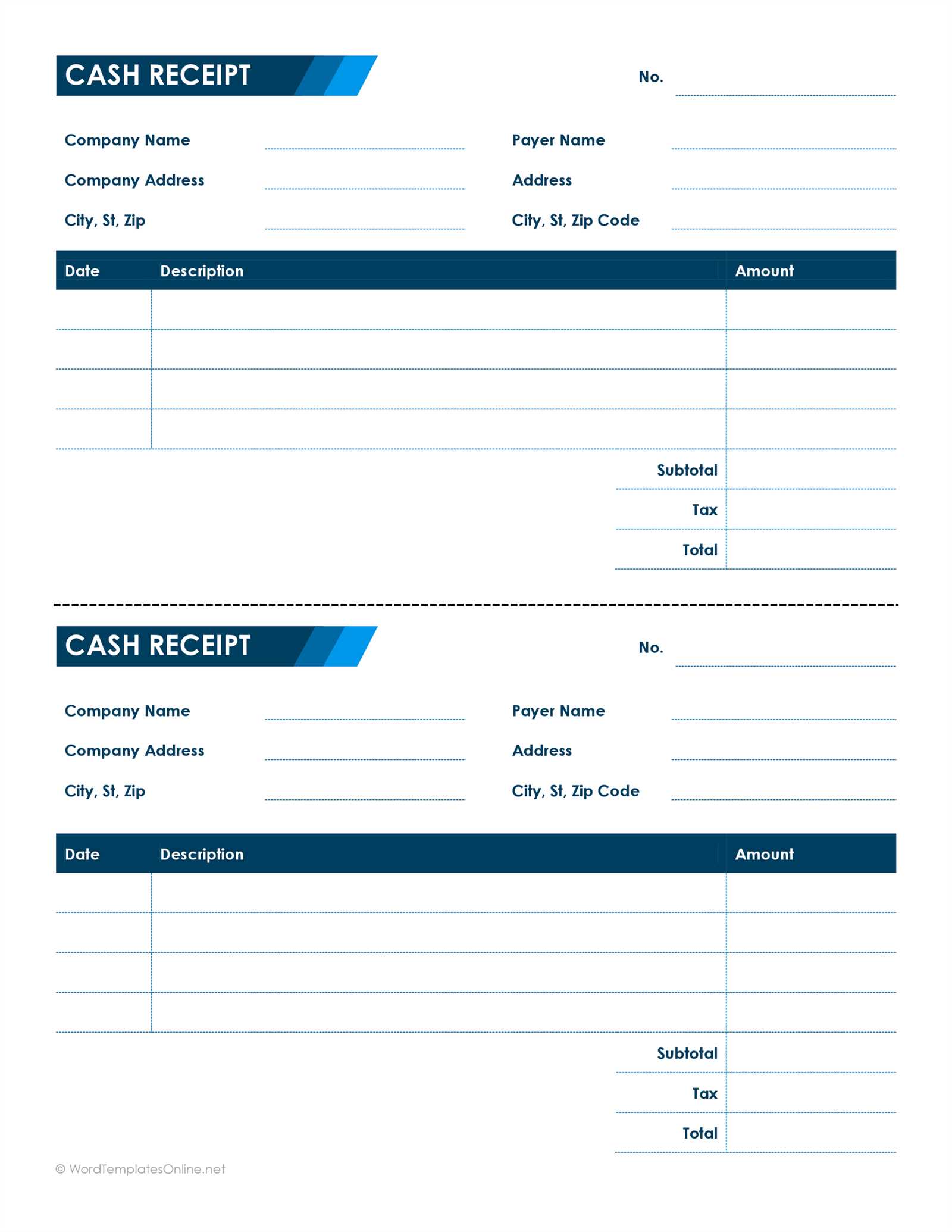
Download a ready-to-use template and customize it to fit your needs. Open the file in Word, replace placeholder details with actual transaction data, and save or print the receipt instantly.
Key Information to Include
Ensure the receipt contains the date, receipt number, payer and payee details, payment amount, and method used. A brief description of the transaction adds clarity, while a signature or stamp confirms authenticity.
Customizing for Your Business
Modify fonts, colors, and layout to match your brand. Add a company logo for a professional touch. Use tables to structure details neatly, making it easier for both parties to review the information.
Save templates for future use, reducing the need to create new receipts from scratch. A well-organized format ensures consistency and reliability in financial records.
Structuring Key Fields for Accuracy
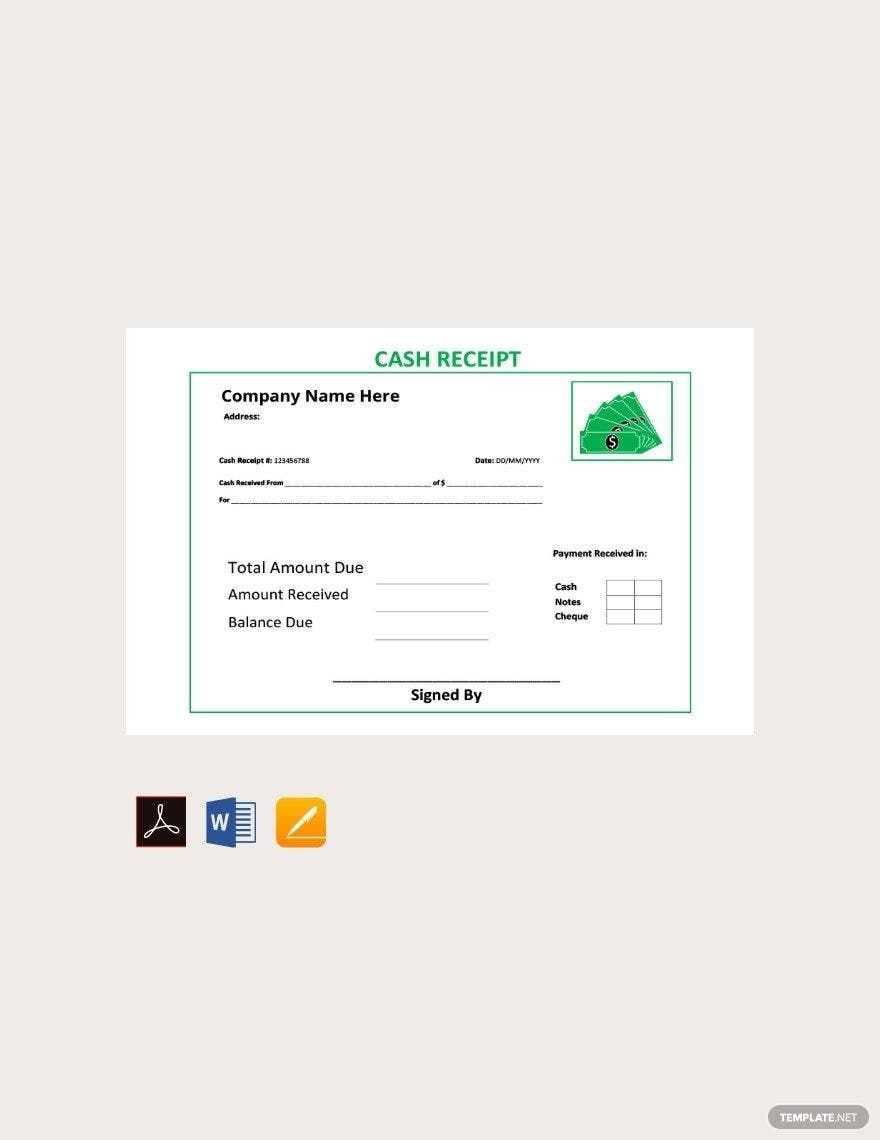
Ensure clarity and consistency by organizing fields logically. Each entry should be precise, minimizing ambiguity and errors.
Mandatory Elements
- Date: Use a standardized format (MM/DD/YYYY or DD/MM/YYYY) to prevent misinterpretation.
- Receipt Number: Assign a unique identifier to track transactions efficiently.
- Payer and Payee Details: Include full names, contact information, and, if applicable, business names.
- Itemized List: Specify each product or service, quantity, unit price, and total.
- Subtotal, Taxes, and Final Amount: Display separate fields to avoid miscalculations.
Enhancing Readability
- Align numerical values to the right for easy comparison.
- Use bold or underlined labels to highlight critical sections.
- Maintain consistent font sizes and spacing for a clean layout.
By following these structuring principles, every receipt remains clear, verifiable, and legally sound.
Customizing Layout for Different Use Cases
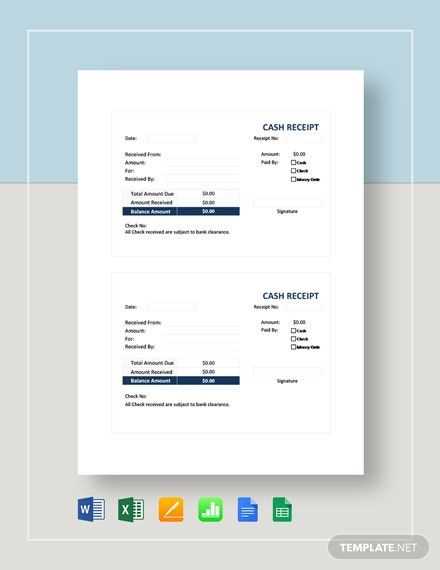
Adjust the structure to match specific needs. For retail transactions, include itemized lists with quantity, unit price, and tax breakdown. Service-based receipts should highlight labor descriptions, hourly rates, and total hours.
Optimizing for Digital and Print
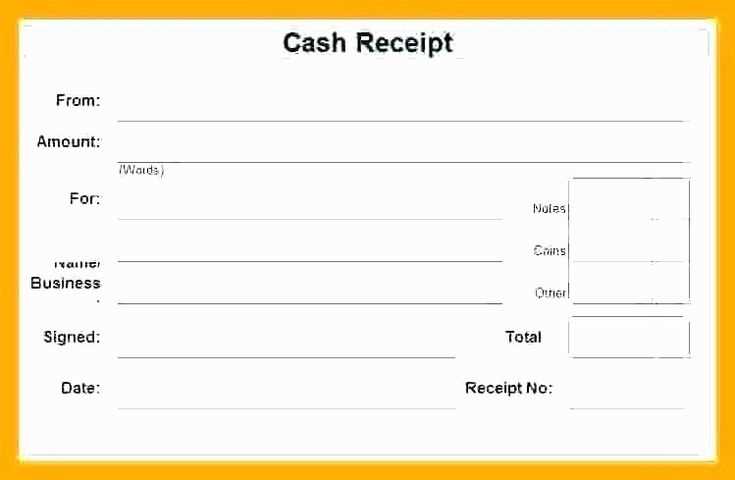
For digital receipts, use a clean layout with space-efficient columns. Ensure key details like date, amount, and payment method are prominent. Print-friendly versions should have clear section spacing and legible fonts for easy reading.
Branding and Additional Fields
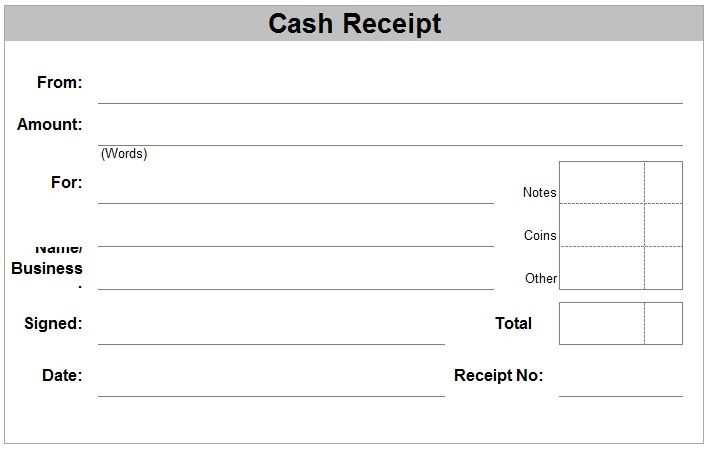
Incorporate a logo for a professional look. Add custom fields like “Invoice Reference” for businesses handling recurring payments. If tipping is relevant, include a section for gratuity calculations.
Tailor each receipt based on the audience and purpose, ensuring clarity and usability.
Printing and Digital Storage Considerations
Use high-quality paper and a laser printer for receipts that need long-term durability. Inkjet prints may fade over time, especially on thermal paper. Ensure margins and alignment match standard receipt sizes to avoid cut-off details.
Optimizing Print Settings
Set the printer to grayscale if color isn’t necessary, reducing ink consumption. Choose “fit to page” to prevent cropping, and enable high-resolution mode for sharp text and barcode clarity. Double-check preview before printing to avoid misaligned elements.
Secure Digital Archiving
Save receipts in PDF format for compatibility across devices. Use filenames with dates and identifiers for easy retrieval (e.g., Receipt_2025-02-11_ClientName.pdf). Cloud storage services with encryption add security while allowing remote access. For bulk records, organize files into structured folders by month or category.


